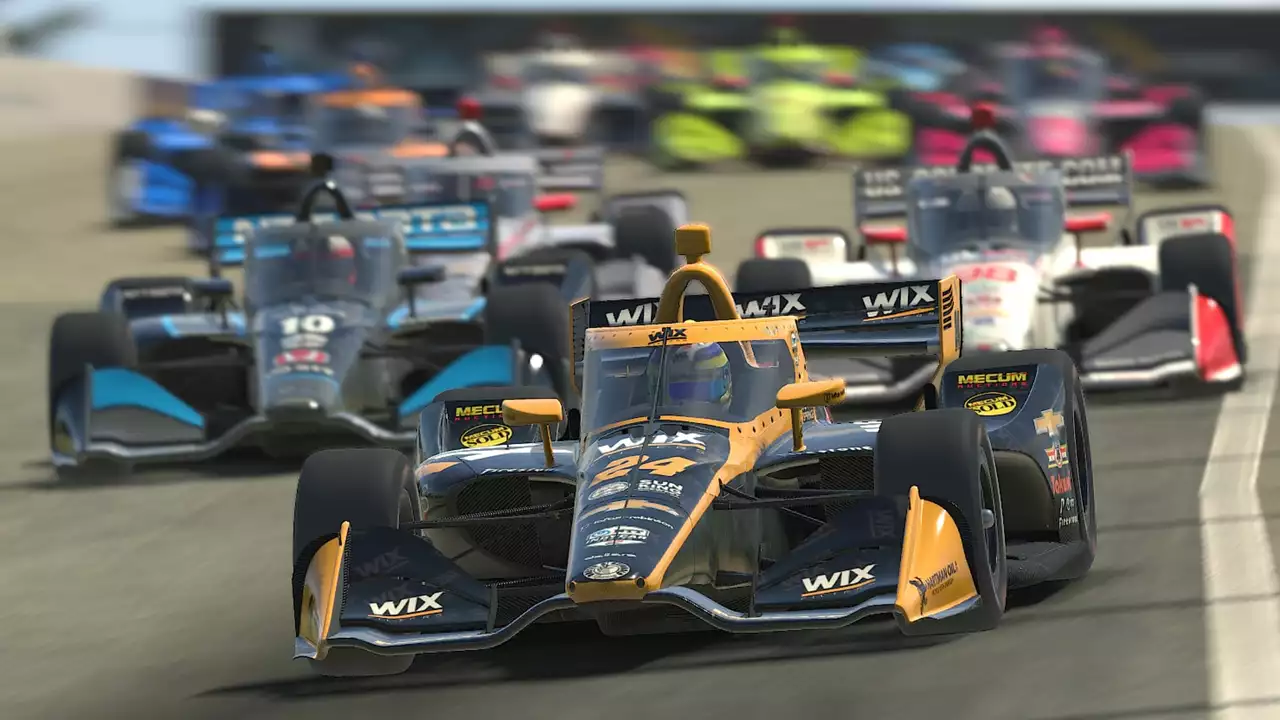Why Some Racing Series Lack Factory Teams
Ever wondered why you don’t see big car makers like BMW or Mercedes running their own squads in every series? It’s not because they don’t care about racing – it’s usually a mix of money, marketing goals, and the look of the championship that decides.
Cost and Business Reasons
Running a factory team is pricey. You need to fund R&D, build cars that meet strict regulations, and pay top‑tier staff. If a series can’t promise a global TV audience or a solid sponsor pool, the return on that investment drops fast. That’s why you see factories pull back from series like Formula 1 during economic slumps – remember BMW’s exit in 2009? The global crisis hit hard, and they chose to focus on eco‑tech instead of F1.
Smaller series, such as IndyCar or the World Endurance Championship, rely more on private teams that get technical support from manufacturers without shouldering the full cost. This model keeps the grid full and the competition tight while letting manufacturers showcase their tech in a less risky way.
Regulations and Brand Strategy
Some championships have rules that level the playing field, limiting how much a factory can influence a car’s performance. In MotoGP, for example, the cost cap and homologation standards mean a single factory can’t completely dominate. The result? A mix of factory‑backed and independent outfits sharing the spotlight.
Brand strategy also matters. A company might prefer to be seen as a technology partner rather than a team owner. Providing engines or parts lets them market their engineering prowess without the baggage of team management. Fans still get the brand name on the car, and the manufacturer avoids the day‑to‑day drama of team politics.
From a fan’s perspective, the absence of factory teams can actually make a series more exciting. Private teams often bring creative engineering solutions and hungry drivers eager to prove themselves. When a rookie from a small outfit beats a seasoned factory driver, the story feels fresh and unpredictable.
For drivers, the landscape offers more pathways. Without a factory monopoly, talented racers can rise through the ranks on merit, landing seats with well‑run private squads that have factory backing for parts or engines. This diversity of routes keeps the talent pool deep and the sport vibrant.
So, the next time you watch a race and notice no big brand logo on the pit wall, remember it’s usually a calculated decision. Factories weigh cost, exposure, and brand fit before committing. Meanwhile, private teams keep the wheels turning, delivering close battles and giving up‑and‑coming‑soon stories that keep fans hooked.
Whether you’re a casual viewer or a gear‑head, understanding why factory teams are missing helps you appreciate the strategy behind the sport. It’s not a lack of interest – it’s a different kind of involvement that still fuels the excitement on track.
